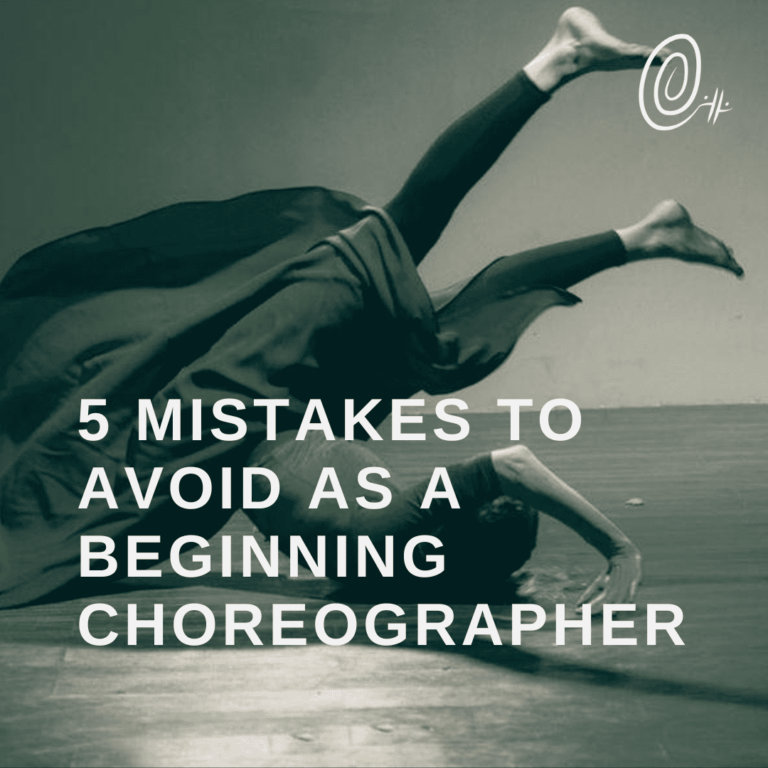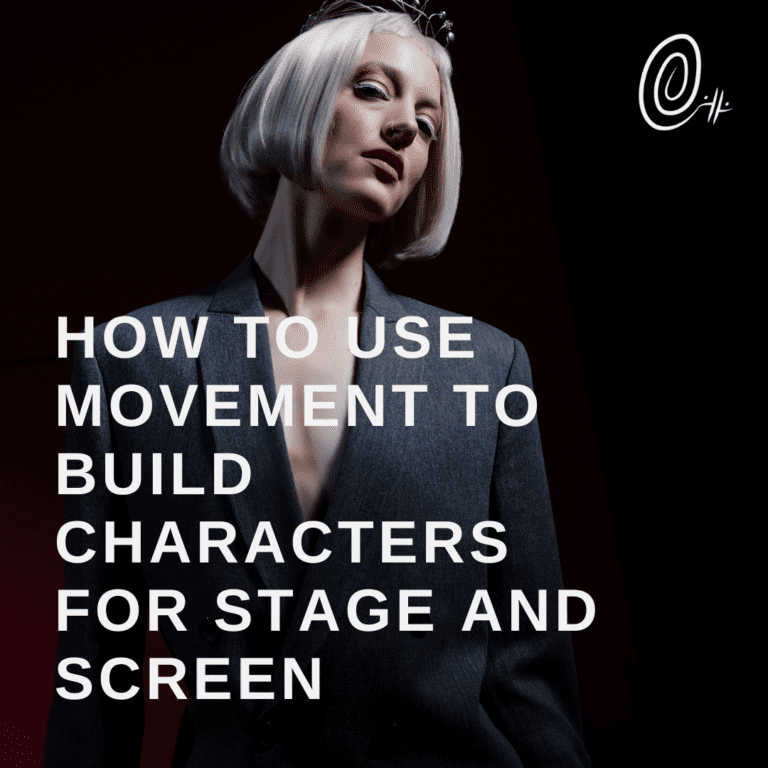Performance Art vs Performing Arts
I’m sure there are many people who are a bit confused by the genre of performance art, which can range from the baffling to the bizarre and everything in between. Sometimes it seems to overlap with performing arts in some way, and sometimes it’s on its own planet altogether.
There is, however, a clear difference, and it comes down to a fundamentally different approach. While I can be a bit skeptical of performance art at times, I can be equally as skeptical about contemporary dance, so I’ll try to keep this neutral. I’m sure it’s clear from my blog and website that I work in the performing arts, but I’ve also dabbled in the realm of performance art recently.
We’ll start with the conceptual and artistic differences between the two and then look at a few examples.
The body as object or the body as tool
The main difference between performing arts and performance art is that performing arts is generally using the body as a tool to create an experience or a story. Theater for example, uses the body and voice as tools to create characters and stories that extend from and exist apart from the artist. Dance can be more abstract, but the body is still meant as a tool to create something, be it beauty or a certain concept.
Performance art, on the other hand, uses the body and the artist as the object of the artwork. The artist’s existence is the fundamental question. Their body is both subject and object in the research. While performance artists do comment on a wide variety of ideas and concepts, they remain the central character. The body is a means and medium of asking questions, pushing boundaries, or questioning perspectives.
Time duration is key
There are certainly performance art pieces which can involve the standard aspects of performance like an audience and a set amount of time. They are often longer duration, though. Partly this is because it’s not about curating the performance for entertainment value. The audience might be witness, but the piece is not ‘for’ them. This is not the same as performing arts, in which the audience is generally expected to watch the entirety of the performance from start to finish. In performance art the audience might come in and out. The point of performance art is not to be watched the whole time. Rather, it is to embody the idea or topic.
Because the artist is at the center of performance art, you do get a huge range of works that can be produced, from artists ‘living’ for days in confined spaces to artists painting by squeezing eggs from their nether areas. It can be radical or even dangerous. Marina Abramovic’s work comes to mind where she placed a range of objects on a table and invited the public to literally do whatever they wanted to her during the ‘performance’ duration. She later said she felt lucky to come out of it alive, and just the thought of it gives me the creeps. It doesn’t have to be so extreme, though; performance art can be simple enough.
Examples of the difference in my work
Almost everything you see in my repertory is performing arts. I use the body to create movement that tells a story, and so the body is a tool for the movement. It’s curated, developed work meant to be in a specific setting with an audience to watch.
The closest I’ve come to performance art is through Breaker Maker Dreamtaker, part of a group exhibition. This piece featured me as my Monster character, chained inside a four by four foot box that was lined with mirrors and had a few small holes here and there for the audience to look inside. I sat in the box for around three hours during the opening of the exhibition.
As described above, audiences were not expected to watch all three hours; I wasn’t doing anything really but sitting and occasionally shifting around. The setting and my presence as a body, chained within a small box and portrayed as a monster, was what created the meaning, not the movement that was being made. There was a performance. I was there after all, as performer, and the audience was there as witness. Yet I, as the artist, was the object, and that was what created the meaning.
Performing arts at the launch of Who am I, anyway?
On another occasion, when I was launching my four ‘artistic alter egos,’ I made a surprise appearance as Pierrot, circling through the guests and offering each one a rose. While it could have been interpreted as performance art as guests didn’t necessarily need to be paying attention, the body here was not the object. Pierrot, the character, was there to create a sense of excitement and engagement. Because everyone stopped to watch his progress from guest to guest, it was even more clear that it was in the realm of performing arts. It was not about me as a body interacting, it was about the body creating a character who was there to entertain.
I hope this is a little clearer for you!
Generally speaking, if you are confused which one you are looking at, just ask yourself, what is the motivation of the performance? If the answer is to use the body(ies) to create an experience which is separate from the people themselves, usually for entertainment, then it’s probably performing arts. If the artist is using the body as an object of questioning or research, then it’s performance art. Likewise, if you as an audience are expected to watch the entirety, it’s performing arts. If you can come and go and the artist will continue nonetheless, it’s performance art.







